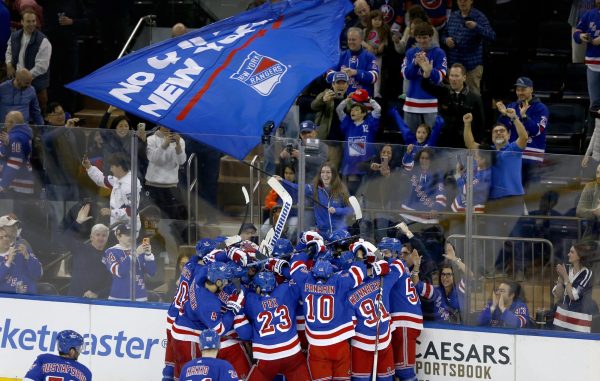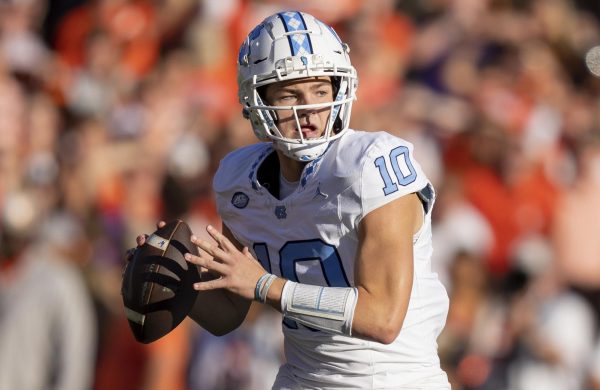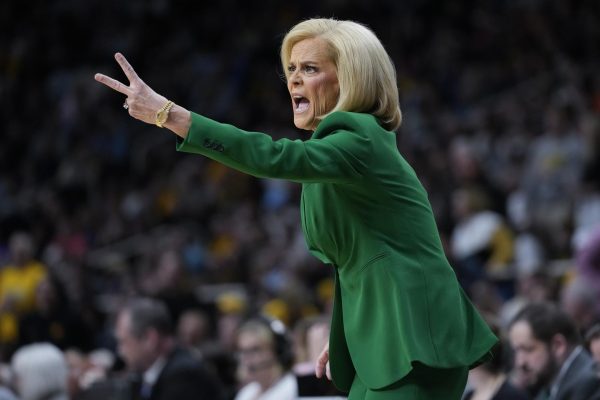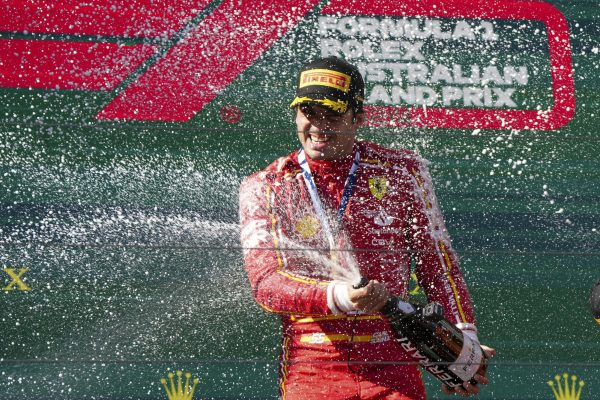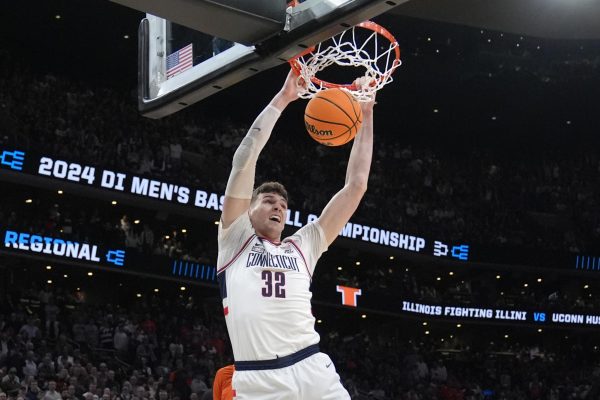Countdown to South Africa: Group F
Group F is, quite possibly, the lowest-quality group in this edition of the World Cup. At present, the teams in the group have an average FIFA World Ranking of 36, worst among all groups. Defending champions Italy highlight the group, followed by Paraguay, third-place finishers in South American qualifiers, Slovakia, and New Zealand, making their first World Cup appearance in 28 years.
Italy
As the defending champions, expectations are high for the Azzurri. Aspirations, however, are not nearly as high as they were heading into Germany 2006, and rightly so. The Italy roster reads very similarly to that of the 2006 tournament, but not in a good way. One of the oldest teams in 2006, Italy has experienced very little player turnover in the four years since their title, and will head to South Africa looking like they belong in a nursing home rather than on a soccer field. This can be largely attributed to the return of manager Marcello Lippi, who left the Italian team after the 2006 World Cup, to be replaced by Roberto Donadoni. After being knocked out in the Euro 2008 quarter-finals, Donadoni was fired, Lippi took back the reins, and the players that led Italy to glory in 2006 found their way back into the side. This has led to the exclusion of promising young players like Mario Balotelli and, to a lesser extent, New Jersey-born Giuseppe Rossi.
Italy’s biggest question leading into the tournament will be, simply: Can the players hold up? There is no doubt that Italy has the experience and talent to compete on the highest international stage, but nearly all of Italy’s best players, Alberto Gilardino and Daniele De Rossi excepted, are at least 30 years old. In the high altitudes of South Africa, with matches every five days, Italy’s fitness is a huge question mark. Combine that with the fact that Italy are typically slow starters in these tournaments, and the ingredients are there for a shock group stage exit for the
defending champions.
Also of concern for Italy is their apparent inability to score goals. The Azzurri never lost in World Cup qualifying, but they only managed to score 18 goals in 10 qualifying matches, despite being in one of the weakest groups UEFA had to offer. Their leading active goalscorer is Gilardino, who has just 16 goals in 39 appearances for Italy. Other than him, no player currently a part of the national team set-up has scored more than nine. Italy’s strategy this summer is best summed up by Martin Tyler in the ESPN World Cup commercials, where he says, “Italy will defend, while 31 nations will attack.”
Player to watch: Central defender and captain Fabio Cannavaro. Cannavaro is Italy’s all-time leader in appearances, and after four tremendous years with Real Madrid, he has been ever-present for Juventus this year. His performances, however, have come under a lot of criticism, as he has most certainly lost a step, and is not the rock at the back he once was. If his performance continues to slip, nd Lippi stays loyal to his captain, Italy’s seemingly impenetrable defense could finally look vulnerable.
New Zealand
Oh, where to begin. The Kiwis qualified for the 2010 World Cup essentially by winning one match. Their path to the World Cup consisted of gliding through Oceania before playing a home-and-away series with Bahrain, a country with a population of 791,000, tying 0-0 in Riffa, before winning 1-0 at home in Wellington. No team had an easier path to South Africa than did the Kiwis, and their lack of quality competition and talent will be brutally exposed in June.
New Zealand gave us a taste of their poor quality in the 2009 Confederations Cup. They opened the tournament with a 5-0 loss to Spain, when the Spanish were clearly coasting after Fernando Torres picked up a hat-trick in the first 17 minutes. The match was highlighted (or low-lighted?) by New York Red Bulls defender Andrew Boyens’ glorious whiff on a cross that gave David Villa the easiest chance at goal he has had in his life. They followed this with a 2-0 loss to South Africa, before tying Iraq, 0-0.
Expect a similar performance in South Africa this summer. Though none of the teams in their group are of the same quality as Spain, they are all better than the South African side that completely dominated them in 2009. Their best player, Ryan Nelsen, was a stud in Major League Soccer with D.C. United and has been a great player with Blackburn since his 2005 move to England. After him, however, the quality falls off dramatically. Simon Elliott, the almost unquestioned second-best player on the New Zealand squad, was cut by the San Jose Earthquakes prior to the 2010 MLS season. Yes, the same San Jose Earthquakes who finished 14th of 15 teams in MLS last year. Given the impossibility of injecting quality into an international side, New Zealand fans have little to do but hope for a miracle.
Player to watch: Middlesbrough striker Chris Killen. New Zealand is nearly devoid of offensive threats, but Killen has the best club goal-scoring record of any of the Kiwi attackers. If the New Zealand defense has a fantastic performance at the back, it will be up to Killen to grab three points for his team.
Paraguay
The Paraguayan national football team had a strong qualifying round on its way to the 2010 World Cup in South Africa. The Albirroja finished tied for second in CONMEBOL, arguably the toughest confederation, top to bottom, in the world. The Paraguayans finished with a 10-5-3 record, good for 33 points. Paraguay’s key to success was their near invulnerability at home, going 7-2-0, allowing only five goals in nine games. Paraguay was able to shutout offensive powerhouses Brazil and Argentina, defeating them by scores of 2-0 and 1-0.
In recent years, Paraguay’s stadium, Defensores Del Chaco has become one of the toughest venues to play at in the continent, mostly due to the Paraguayans’ defensive style. On the road, Paraguay’s defense was more porous and the record not as good, going 3-3-3, suffering losses to Brazil, Uruguay and Bolivia, but at the same time defeating Venezuela, Colombia and Chile, the latter one in a dominant 3-0 performance. Throughout the last few years, it has been no secret to the world that the Paraguayans are known as a team with an almost impenetrable defensive style. Great goaltenders have protected the net for the Albirroja in the last few years and it will be their defensive play and consistent timely scoring that will determine Paraguay’s success in South Africa.
In its last tournament appearance, Paraguay did not perform to their potential. They were placed in a rather difficult group with England, Sweden and Trinidad & Tobago, but were given a good chance of advancing. After suffering close 1-0 losses to the European teams, the Paraguayans took out their frustration on Trinidad & Tobago, defeating them 2-0. Paraguay’s strongest appearance in a World Cup, however, came 12 years ago in France. The Paraguayans finished second in a group that saw heavily-favored Spain make a quick exit, as Nigeria and the South Americans advanced. Paraguay played Bulgaria and Spain to scoreless ties in the first two games before romping first-place Nigeria, 3-1 in the last one to clinch the qualification. In their Round of 16 matchup, they gave eventual champions France everything they had, before bowing out to them in the overtime period.
Player to watch: Club América’s Salvador Cabañas is one of the most dynamic players Paraguay has had in a while. He was recently assaulted and shot at a bar in Mexico City and was in the intensive care unit for several weeks. He is currently recovering and there is hope that he might be back in time for the tournament. Cabañas’ return will not only give Paraguay their most prolific goal scorer, having scored 66 goals in 115 matches for Club América of Mexico, but the morale booster provided by his return might be enough to catapult Paraguay far in the World Cup.
Slovakia
Slovakia surprised many people with their qualification to South Africa. They finished first in a group that included Slovenia, the Czech Republic and Poland along with traditionally weaker Northern Ireland and San Marino. The Slovaks posted a 7-2-1 record, scoring 22 goals while allowing only 10. Their key to success was an impressive 4-1-0 record away from home. Slovakia posted impressive victories of 2-1 and 1-0 at the Czech Republic and Poland, along with defeating San Marino (3-1) and Northern Ireland (2-0). Their only loss came at the hands of second-place Slovenia, who gave them their two losses by scores of 2-1 and 2-0. The Slovaks have definitely proven that they possess a potent offense, as scoring 22 goals in 10 games is no easy feat, but they will have to keep working on their defense and remain consistent if they want to have a chance of advancing in this group.
This will be Slovakia’s first appearance in the World Cup under their current name, but when they were one with the Czech Republic, they enjoyed mixed success. Their last appearance was in 1990, when they reached the quarterfinals. In the Round of 16, they dominated Costa Rica, 4-1, before falling to Germany, 1-0, in the quarterfinals. The old Czechoslovakia enjoyed its best performance in the 1962 World Cup, reaching the finals before losing to Brazil.
Player to watch: Lille’s Robert Vittek, currently on loan to MKE Ankaragücü of Turkey, is Slovakia’s second all-time leading scorer and is only four goals away from entering a tie for first place. While it has been a while since he scored for his national team, there is no better opportunity to end his drought than his first-ever World Cup. The 28-year-old will be needed as captain and leader of the team if Slovakia is to enjoy success.




